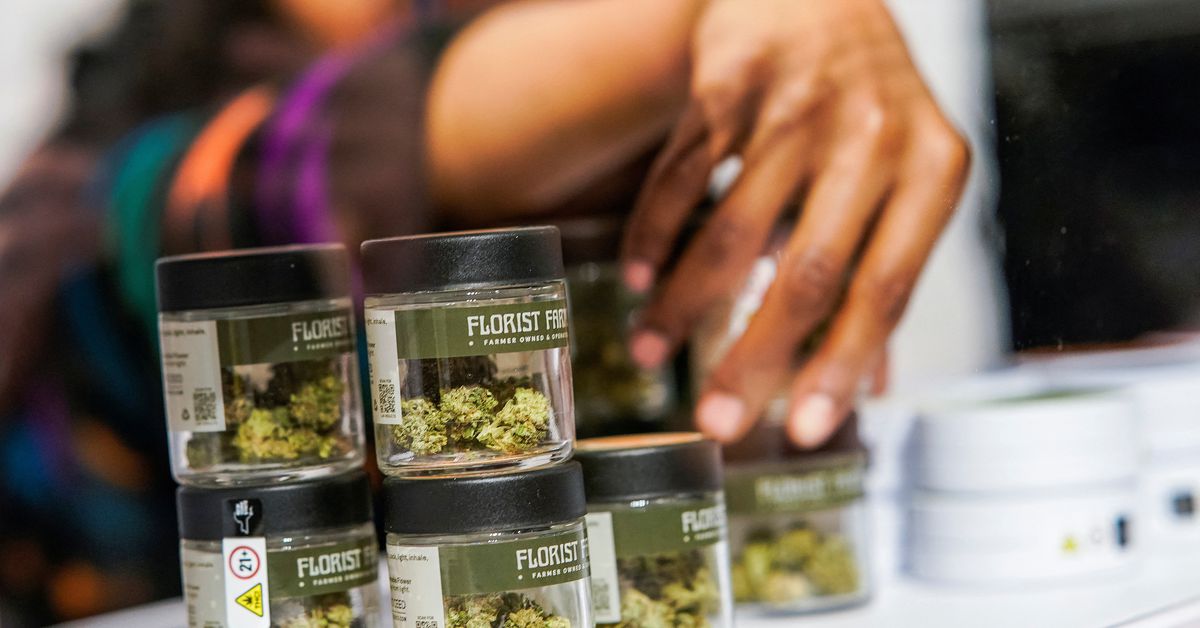THE INTERCEPT
RUSSIAN OFFICIALS PUSHED the lies first.
Soon after Russia invaded Ukraine, a Russian defense ministry spokesperson resuscitated debunked claims about a U.S.-funded bioweapons program in the region, accusing Ukrainian labs of experimenting with bat coronaviruses in an attempt to spark “the covert spread of deadliest pathogens.”
Disinformation is an old Russian government tactic. But this time Russia had help. Within days, Chinese officials and media outlets had picked up the lies and were amplifying and expanding on the biolabs yarn. The Chinese Communist Party tabloid Global Times created two splashy spreads, one sourced in part to Sputnik News, the other featuring a quote from Russian President Vladimir Putin. “What is the U.S. hiding in the biolabs discovered in Ukraine?” it screamed.
“China jumped on the biolabs conspiracy theory,” said Katja Drinhausen, an analyst with the Mercator Institute of China Studies in Berlin. Chinese officials and media outlets had spent the preceding months pushing the notion that the pandemic might have originated in a lab accident outside China. “It was like, here’s the perfect conspiracy theory coming out of Russia to support our ‘everywhere but China’ main talking point of the last year,” she said.
Since the war broke out in February, experts have been struck by a convergence in Russian and Chinese media narratives. While some of the convergence was likely happenstance, occurring when storylines aided both governments’ goals, documents found in a trove of hacked emails from Russia state broadcaster VGTRK show that China and Russia have pledged to join forces in media content by inking cooperation agreements at the ministerial level.


